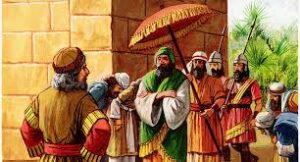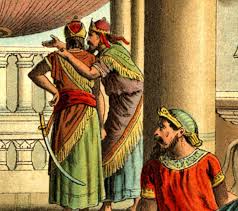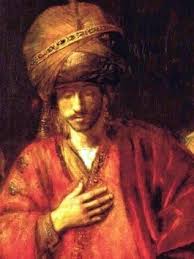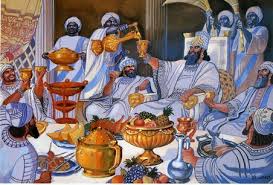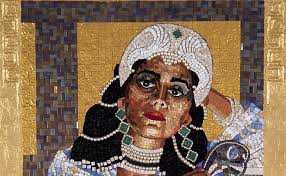Au – Haman’s Plan to Annihilate All the Jews 3: 7-15
Haman’s Plan to Annihilate All the Jews
3: 7-15

Everyone loves a great adventure story, and Esther is one of the best. Unfortunately, her story has all the ingredients of a fairy tale and often gets treated like one – part Cinderella, part Beauty and the Beast. A beautiful maiden comes out of obscurity to win the king’s heart and become his bride. The king falls under the spell of an evil villain, but is freed by the courageous resourcefulness of his enchanting queen, as he bends to her wise influence. Perhaps it is our longing for the “happy ever after” in our own stories that leaves us clinging to fairy-tale interpretations of the Bible. But Esther’s story wasn’t a fairy tale. It was, in reality, much closer to a nightmare.41



